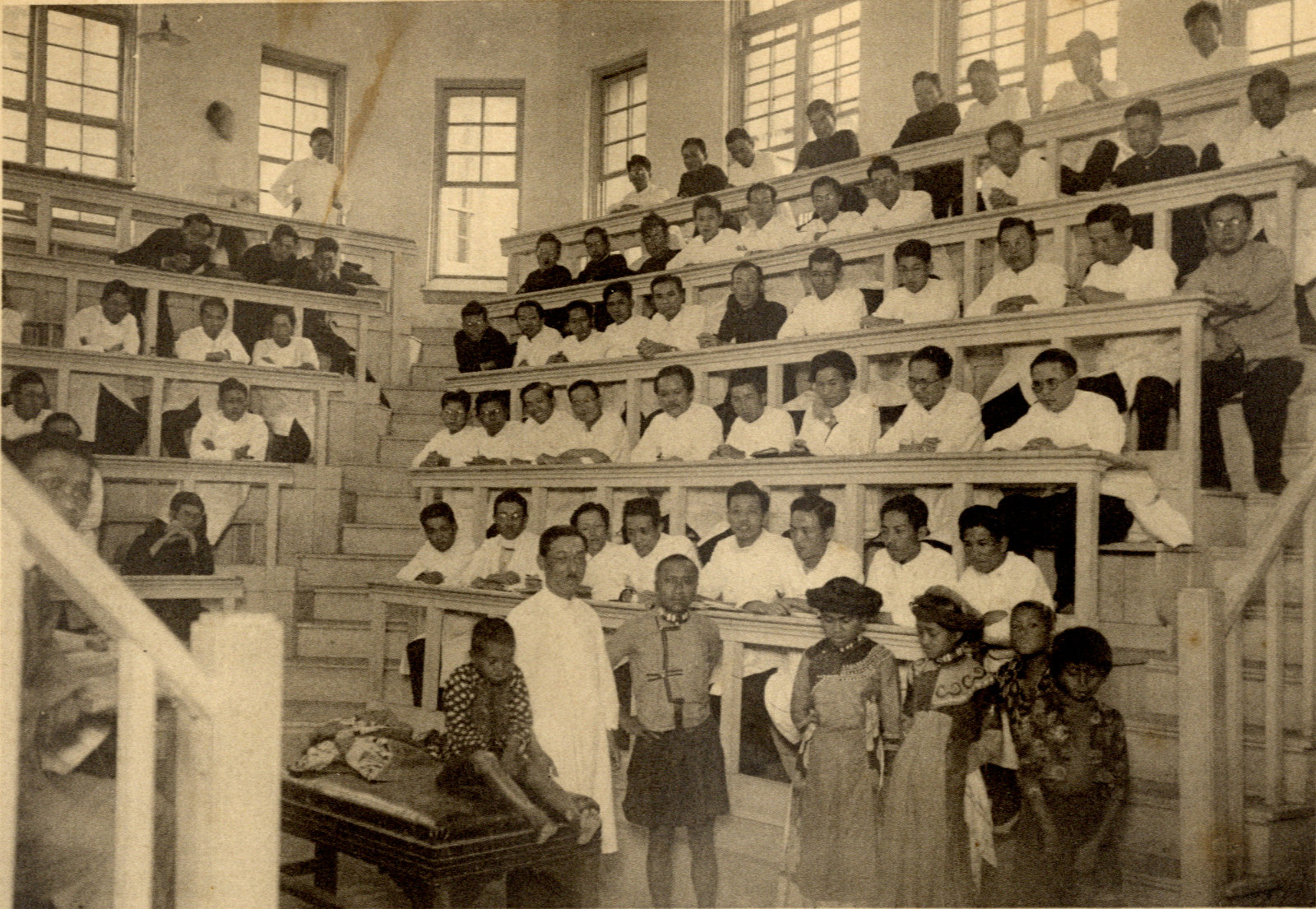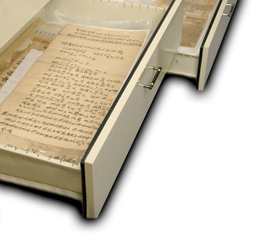|
When the Medical School of the Taiwan Government General was first established, it accepted Taiwanese public elementary school graduates. Hence, the level of its curriculum was close to high school. It had more regular subjects and basic medical subject than the medical training institutions in Japan. The regular subjects were: Ethics, Geography, History, Mathematics, Japanese, Physics, Chemistry, and Gymnastics. The basic medical subjects were Anatomy, Physiology, Pathology, Pharmacology, and Hygiene. Therefore, medical students could not have enough time to learn professional medical subjects. They could only learn major clinical medicine subjects such as General Medicine, General Surgery, Ophthalmology, and Gynecology. After 1919, the Medical School of the Taiwan Government General was upgraded to the Medical College of the Taiwan Government General and the Taihoku Medical College of the Taiwan Government General. These colleges also raised the admission requirements to accept only high school graduates. They added professional medical courses on Forensic Medicine, Dermatology, Otolaryngology, and Psychiatry. The courses were more challenging than before and even included subjects like Tropical Medicine address medical issues stemming from the climate in Taiwan.  Figure 7: Miyahara Atsushi, a professor of Taihoku Medical College of the Taiwan Government General, teaching Yaws in a Dermatology class. Several Paiwan children infected with Yaws used as case studies in the class. Miyahara Atsushi visited Paiwan tribes three times to study Yaws. He also published his research results in the Journal of the Formosan Medical Association. This photo was collected from the 1930 yearbook published by Taihoku Medical College.
Source: Identifier: T0744_0002, Education Records, Taiwan Archival Information System  Figure 8: Professor Tsukahara Yoshio giving an Ophthalmology treatment. Students were apprenticed to him. This photo was collected from the 1929 yearbook published by Taihoku Medical College.
Source: Identifier: T0744_0001, Education Records, Taiwan Archival Information System  Figure 9: Students carefully observing biological tissues in a class on Histology Practice. This photo was collected from the 1936 yearbook published by Taihoku Medical College.
Source: Identifier: T0744_0003, Education Records, Taiwan Archival Information System  Figure 10: Ye Sheng-ji’s notes taken in a Neuroscience class at the medical school of National Taiwan University in August, 1946.
Source: Identifier: YSJ_03_02_0005, Ye Sheng-ji Papers, Taiwan Archival Information System |
 |



